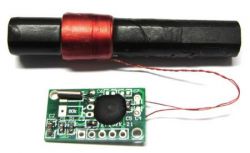
Good morning
I wanted to present my next watch project. I have been building watches for years and recently I realized that most of the pieces somehow fell apart and I have the last one left. This motivated me to try to rebuild my collection, hence this project. I called him Open Nixie. Firstly, because it has a modular design, so you do not have to limit yourself to a specific type of displays or a single microcontroller. Second - I make all the materials available.
The watch consists of three modules on three plates.
The base module includes the inverter (on MC34063), buttons, power section, ambient light and hour / minute separator.
The display module includes lamps and drivers (MMBTA42 and 92 pairs for the anodes and circuit 74141 for the cathodes).
The logic module contains a microcontroller. You can use the Wemos D1 mini module here and the watch then downloads the time via Wi-Fi. I also developed my module with Atmega 328, DS3231 chip and CR1220 / 1225 battery socket for backup. Maybe someday I will develop a different module for fun, for example on MSP430 or STM32.
The watch was designed to fit in the case from Electronix - aesthetic, easily accessible and at a reasonable price. I designed the interior my way.
LC-513 lamps and derivatives. There is also a version for the Z566M, it required special assembly to fit into the housing (also from Electronix
I built a few pieces, they differ in the logic module and the color of the leds on the back. Leds are and are the way they are, because they are - the privilege of the designer. They do not illuminate the lamps, but the wall / surroundings behind the watch. I know that there are critics of mounting watch diodes - I wasn't sure myself if I would like them - there is a software option to turn them off. Also, choosing the color of the solder mask is just my fantasy. It is dark on the front, so that the plate is unobtrusive, and white on the back, to better diffuse the light from the LEDs.
The project has its side: http://open-nixie.elektrofanklub.pl/ .
I add materials to the post, but there is also a github repository: https://github.com/limonit/opennixie

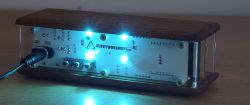

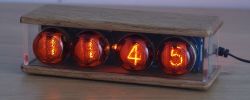
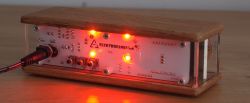

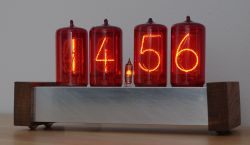


Cool? Ranking DIY




